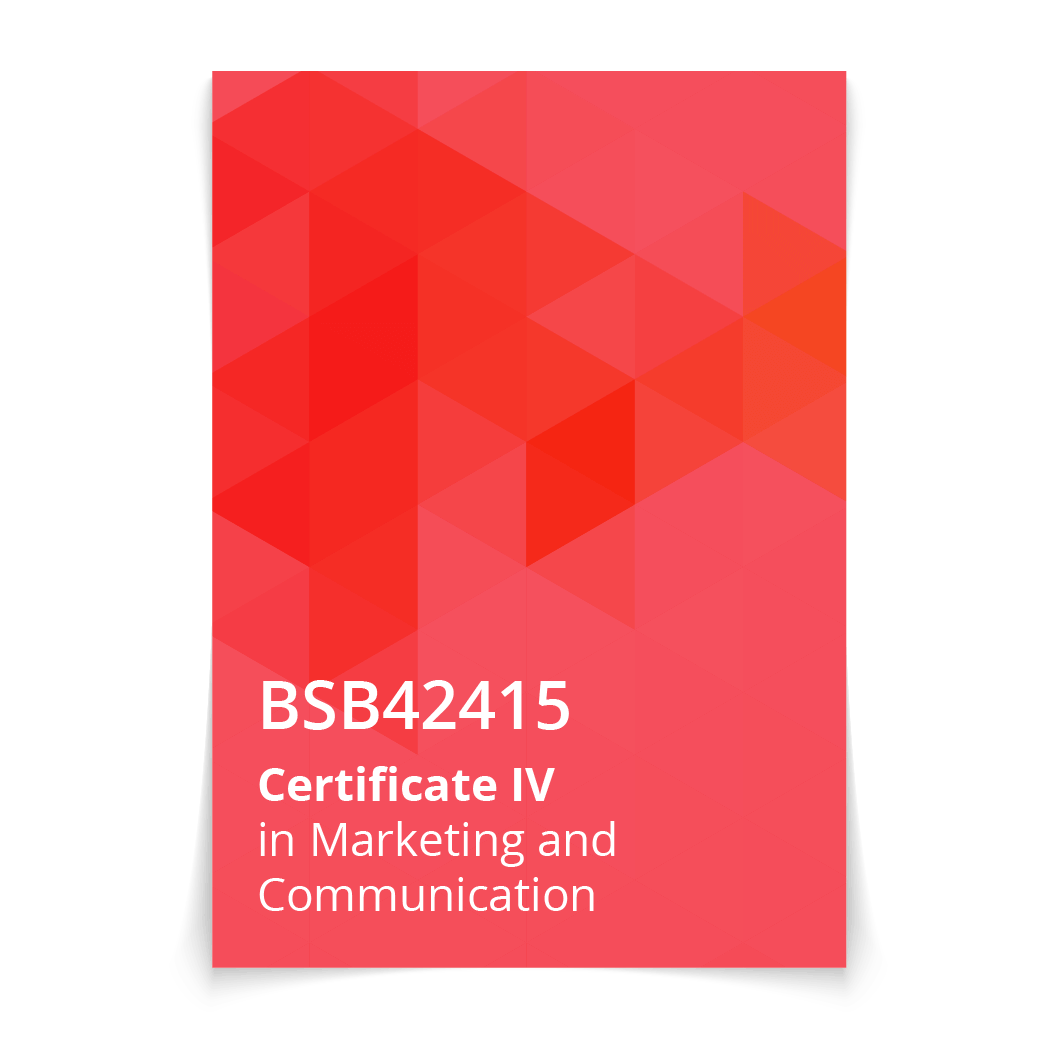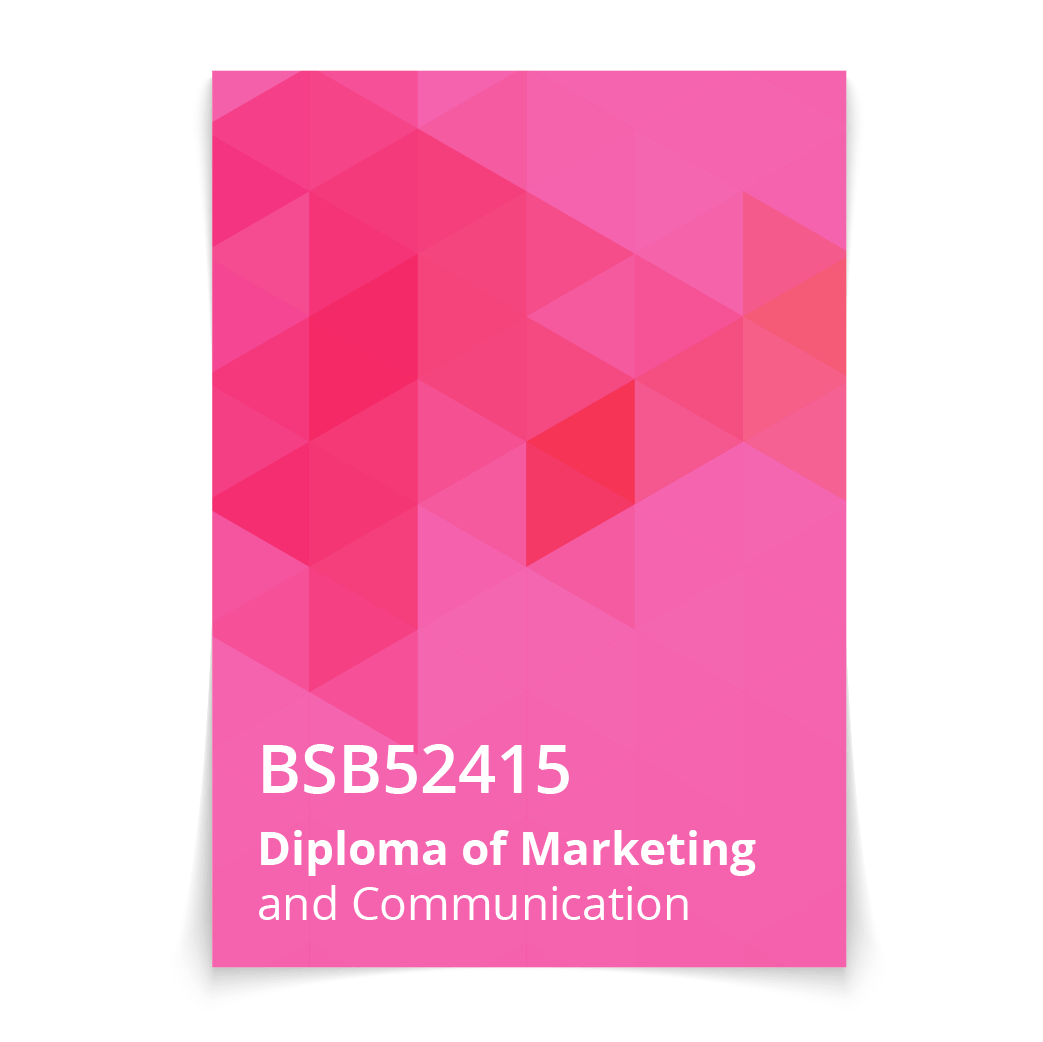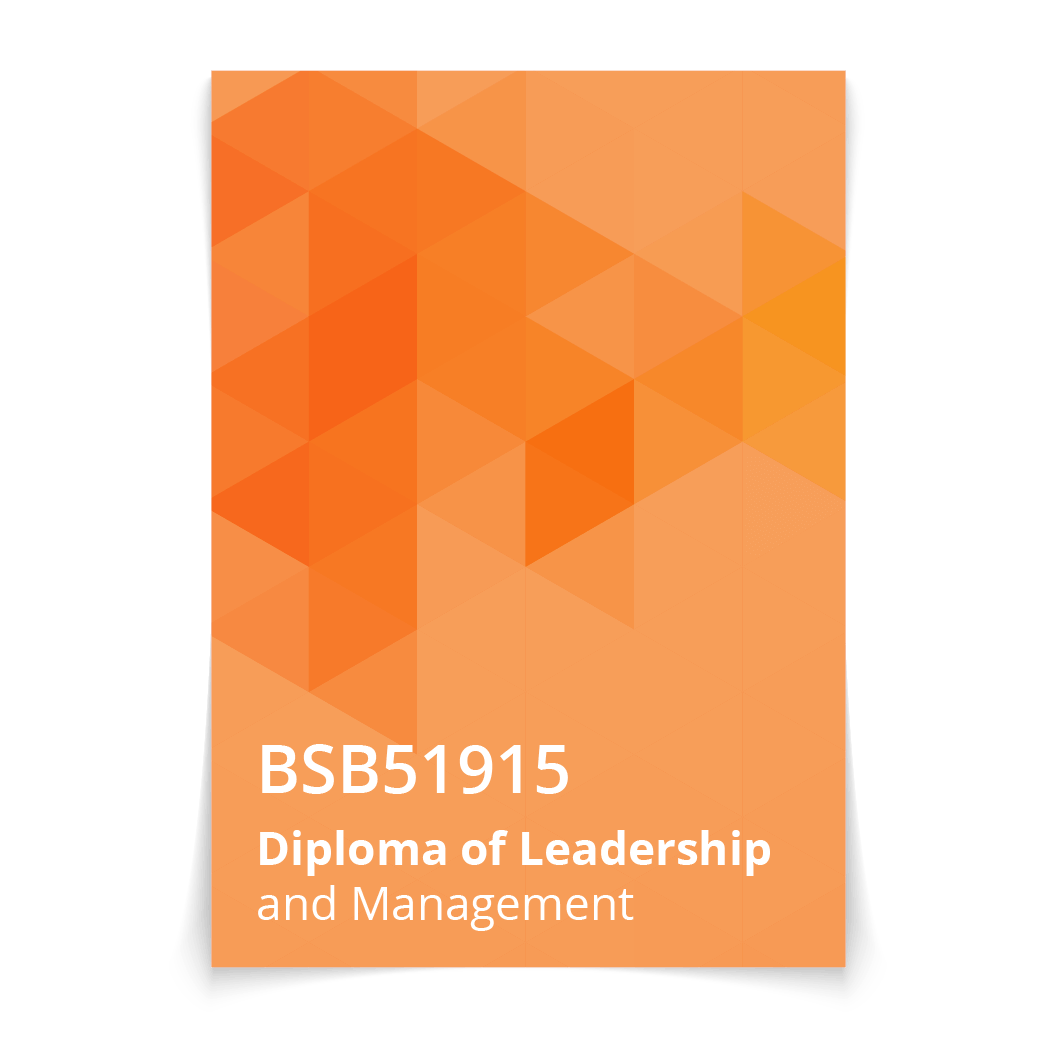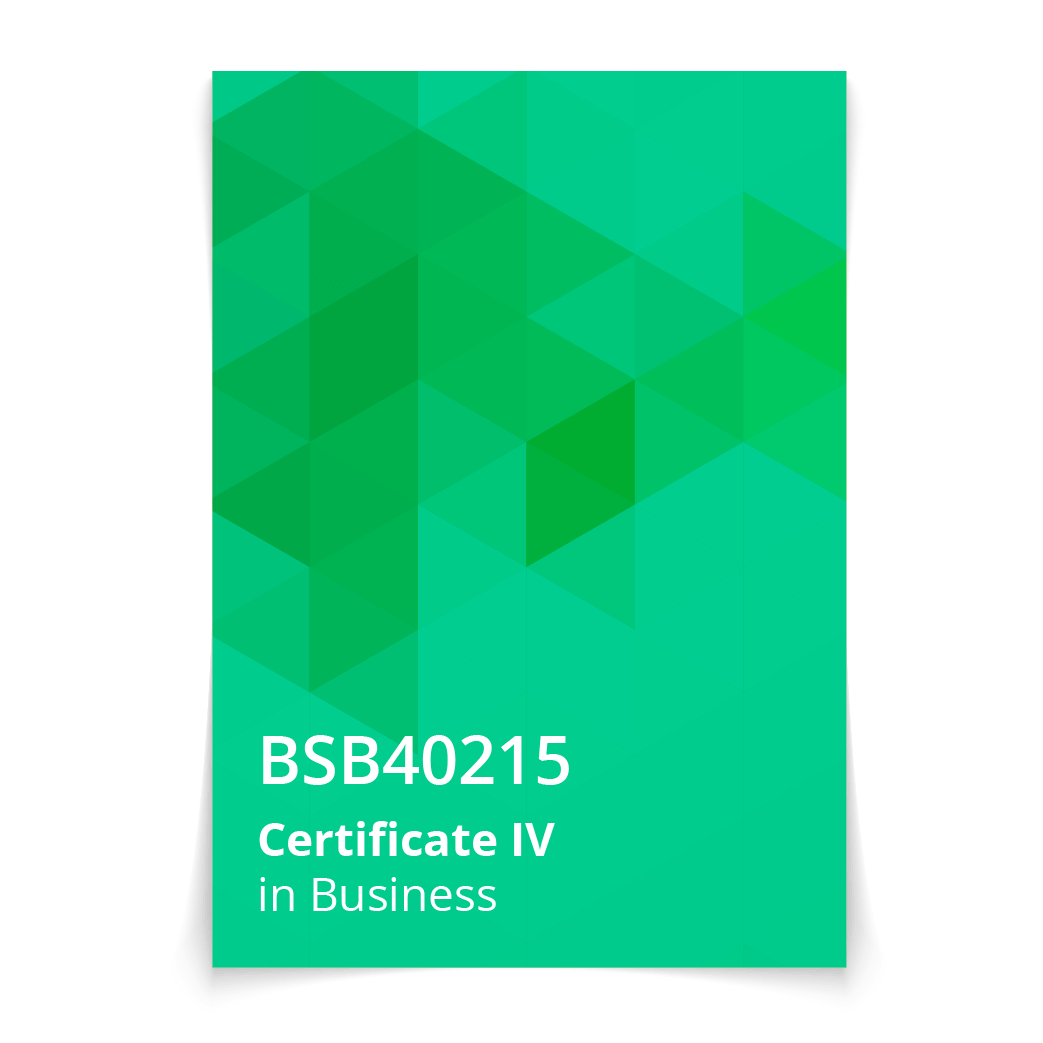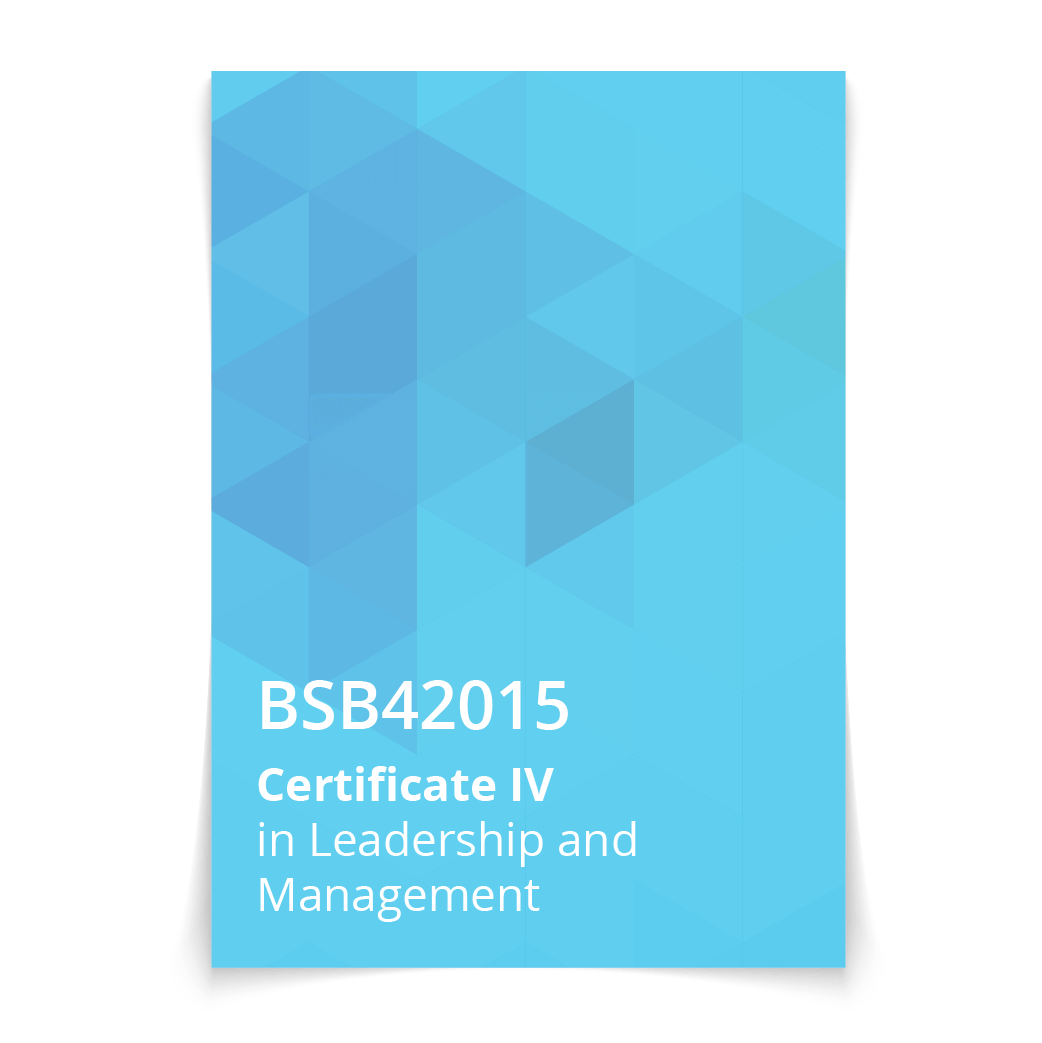RTO’s may be aware that ASQA have moved to a learner centred audit model. This is a significant innovation in that it will make the audit day run a lot smoother. However, it will require RTOs to prepare their evidence differently.
This article will overview this new approach and will also explain how the RTO can use this method with their CRICOS registration.
For those who have been involved with an audit from the Regulator, ASQA, will know that in the past the auditor(s) would sit themselves in a room and request evidence on each of the standards and their clauses, and this would often be done in a sequential order. This would mean laying out either manually all the files on a table starting 1.1 through to 8.6 or mirroring this in a web/cloud setup. Inevitably, the auditor would ask for more evidence for a specific standard and clause, and the RTO compliance officer would have to recall what that requirement was pointing. For example, what would be the answer if the question was “what evidence is there for standard 1.25?” – would the compliance officer be able to remember what this requirement is associated with? Well, maybe.
This standard driven approach has now been replaced. Now, auditors will want the RTO to walk them through each of the phases their learners would take in their journey with the RTO. These phases are intuitive:
- Phase 1: Marketing and recruitment
- Phase 2: Enrolment
- Phase 3: Support
- Phase 4: Training and Assessment
- Phase 5: Completion.
There is a sixth phase called Governance which covers all the RTO systems and processes for ensuring operations will support successful transitions between each phase. More about this in the next article.
This learner centred approach makes the interaction between the compliance officer and the auditor more manageable because the RTO is telling their story on how they interact and support the learner in each of these five phases. Nevertheless, the RTO will still need to show evidence and it will be no surprise that, by doing so, the RTO will have in fact covered most of the standards and their clauses.
ASQA was recently asked whether they were intending to use the same approach with CRICOS providers?. The answer was “yes” and they are currently modifying their support material to facilitate this. This is good news as the RTO will be able to pair the learners journey. Listed in the table that follows is how the two groups align with each other:
CRICOS and NVR linked to learner journey:
| CRICOS | NVR |
|---|---|
| 1. Marketing | Phase 1 Marketing |
| 2. Engagement before enrolment | Phase 1 Marketing |
| 3. Formalisation of enrolment | Phase 2 Enrolment |
| 4. Education agents | Phase 1 Marketing |
| 5. Younger learners | Phase 3 Support |
| 6. Learner support services | Phase 3 Support |
| 7. Transfer between providers | Phase 3 Support |
| 8. Complaints and appeals | Phase 3 Support |
| 9. Completions | Phase 3 Support |
| 10. Monitoring progress | Phase 3 Support |
| 11. Monitoring attendance | Phase 3 Support |
| 12. Provide course credits | Phase 2 Enrolment |
| 13. Deferring, suspending, or cancellation | Phase 3 Support |
| 14. Staff capability and resources | Phase 3 Support and Phase 4 Training and Assessment |
| 15. Changes to management | Phase 6 Governance |
Note, that the two phases of marketing and enrolment cover significant areas of CRICOS.
The next article will show how a RTO can prepare their evidence for the five learner journey.





